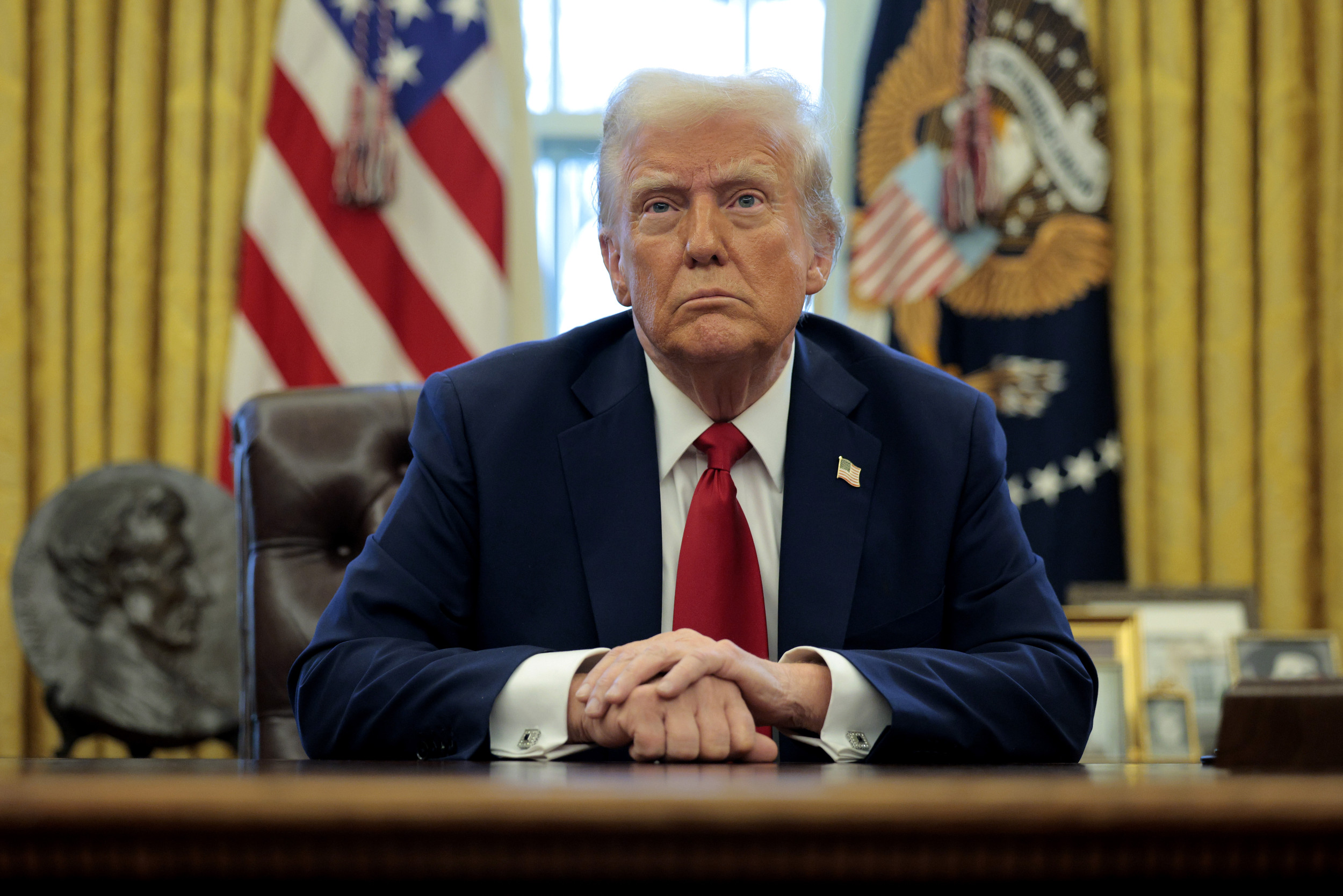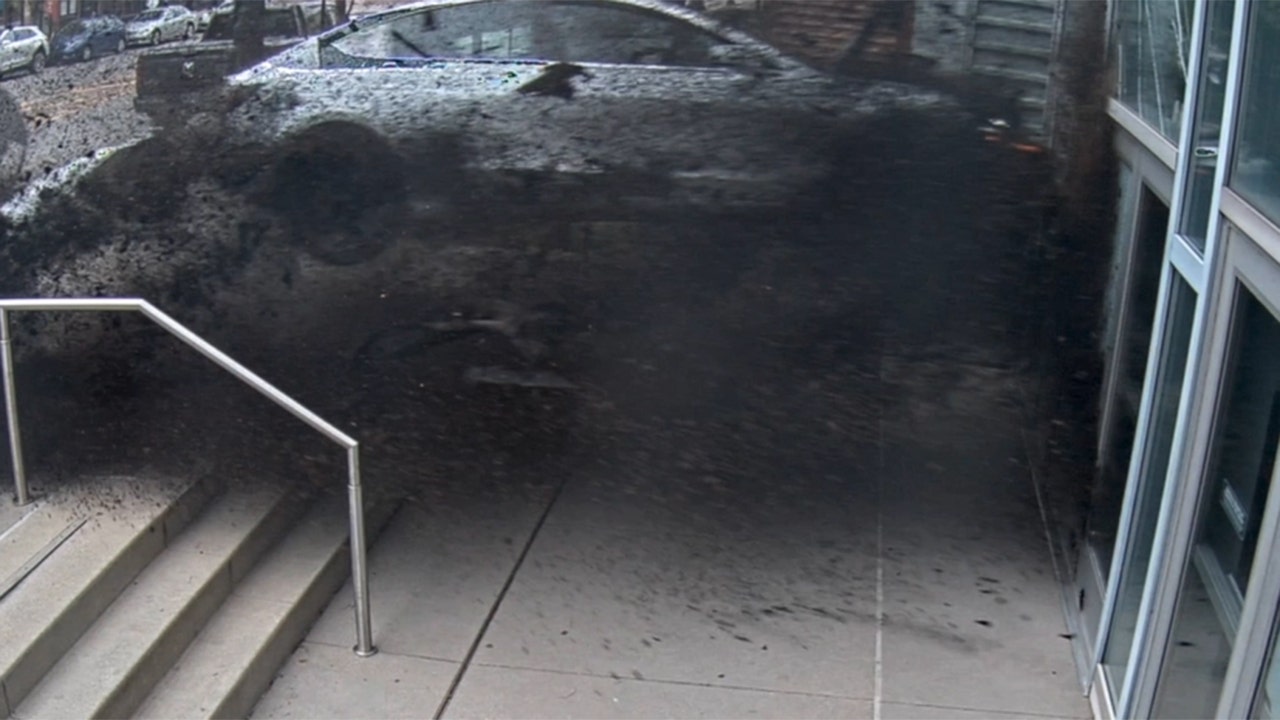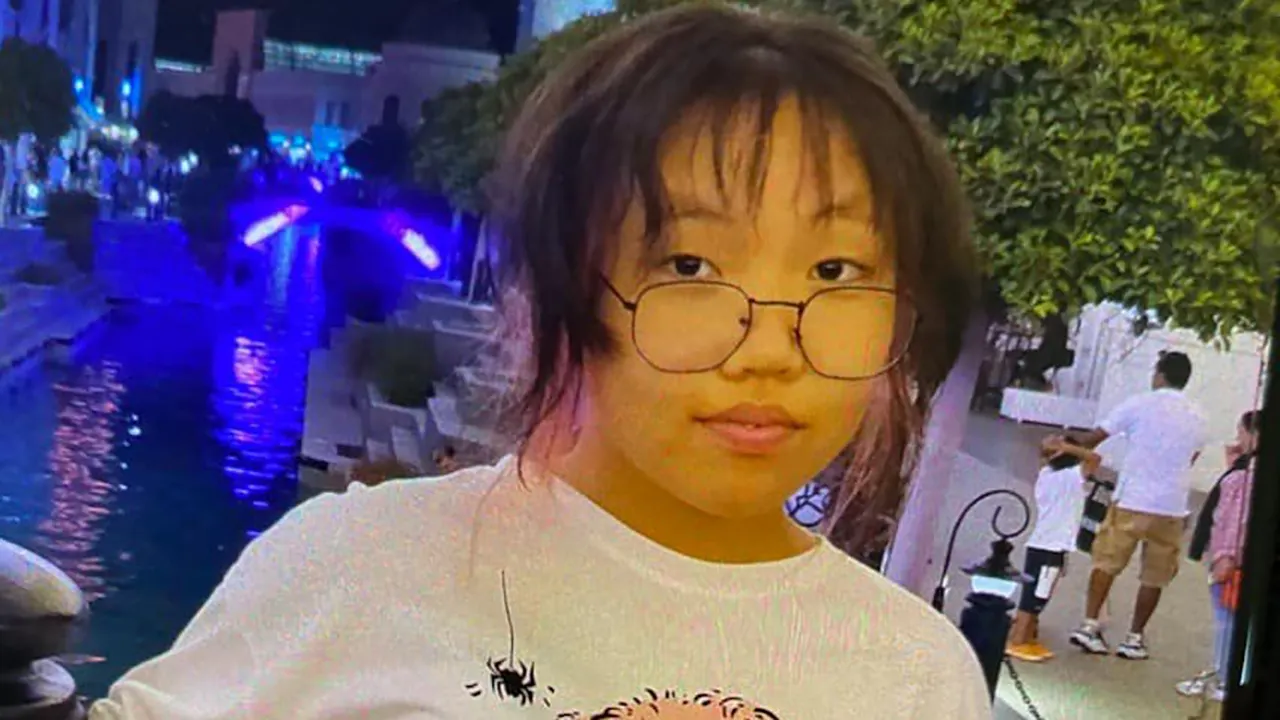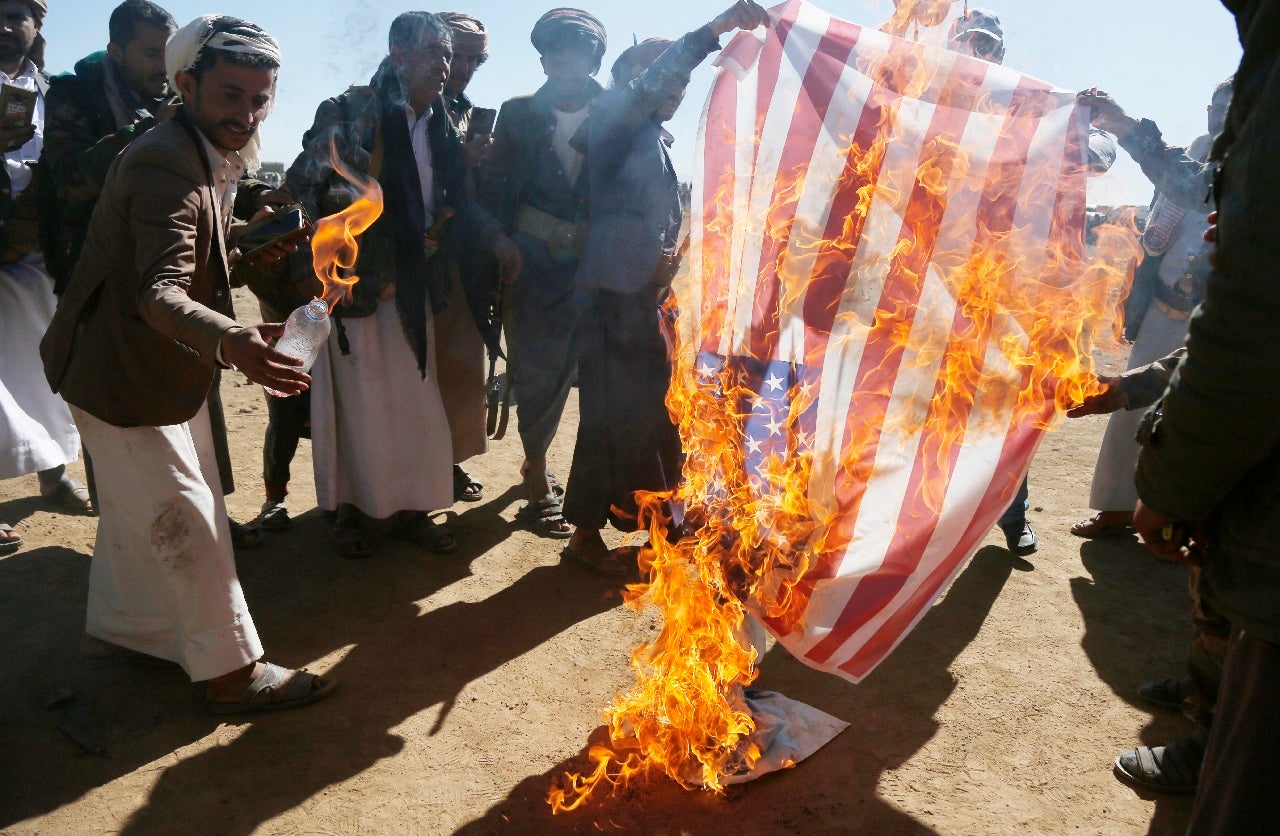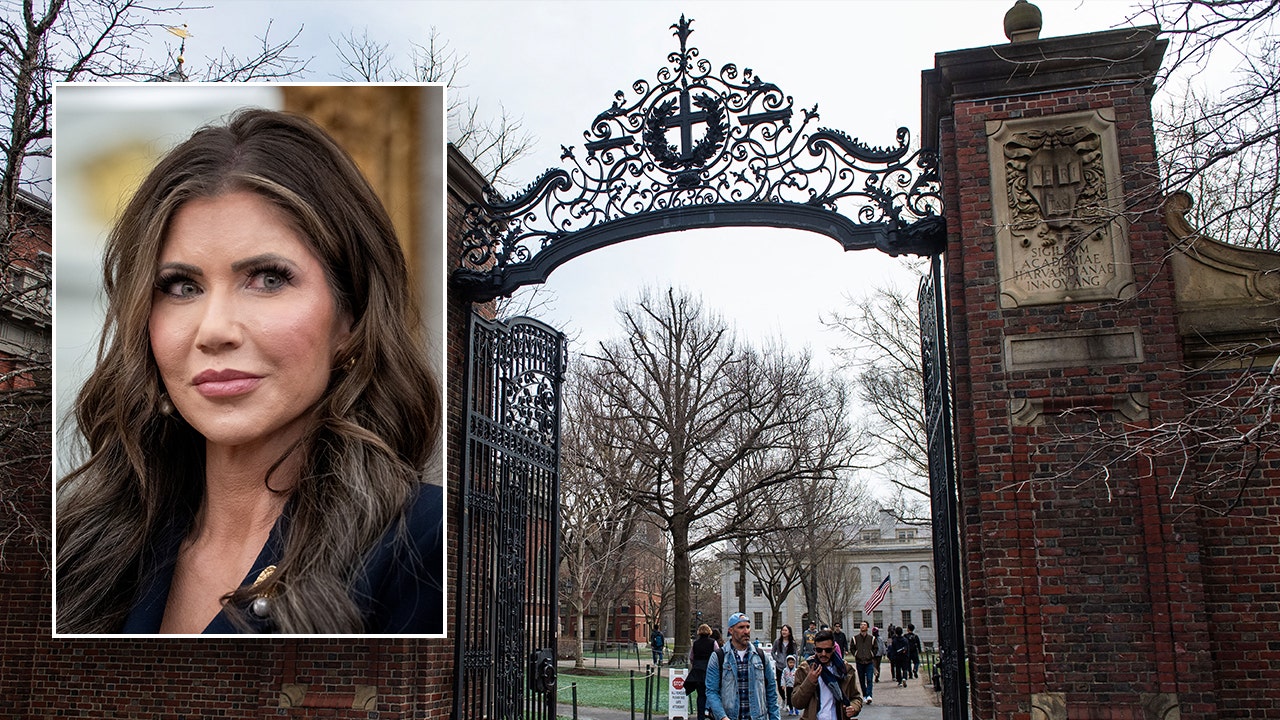Vermont
Opinion — Amanda Kay Gustin: Without history, we are lost

This commentary is by Amanda Kay Gustin of Barre City. She is the director of collections and access at the Vermont Historical Society and has worked in museums and archives for nearly 25 years.
In March 2020, thanks to Covid-19, the world as we knew it changed forever.
As an historian, I’ve spent my life trying to understand the past, to put myself in the shoes of people across centuries, and to trace the lines of decisions and trends that led us to where we are now. Though I’d already lived through historic events, never before had I so clearly felt the tides of history turning in real time.
Within days of the pandemic lockdown orders, the Vermont Historical Society set up systems for capturing what was happening, and within weeks I outlined a project that began in September 2022. That fall, we started work that would ultimately take the better part of the next three years.
Field interviewers spanned the state and interviewed over 100 Vermonters about their experiences. Our only guiding question was, “What has the experience of Covid-19 been like for you?” Then we listened.
We heard stories of joy and pain, of change and stasis, coming from every corner of Vermont, every walk of life, and every facet of human experience. Covid-19 was both a universal and an intensely private experience, and every single person’s story was a kaleidoscope of humanity. These experiences are now preserved and held in the public trust, available to generations of future historians.
Funding for this crucial project came from the Institute of Museum and Library Services, a federal agency that supports projects like this one nationwide. It’s one of the key partners for history organizations to advance big, ambitious projects, and VHS has used it in the past for other collecting projects and key initiatives to preserve Vermont’s history. Though the Covid-19 project is wrapping up, we have another ongoing grant from IMLS that teaches professional skills to Vermont’s dozens of local historical societies.
On Friday, March 14, President Donald Trump signed an executive order to eliminate IMLS, describing it as “unnecessary.” VHS and hundreds of organizations like ours do not know if we will receive reimbursement funding for the work we have already done, and whether we can continue important work that we have planned in the coming months and years.
Good history work is not profitable or efficient. It requires time and care and focus, with dedicated people at every step. It requires the passion of local volunteers, the expertise of trained educators, librarians and collections managers, and it requires funding. In Vermont, for many projects, it requires national funding partners and federal agencies.
History is not “unnecessary.” It is the record of our shared humanity, and the way that we learn lessons about how to go forward. Understanding what happened during Covid-19 will help us process our painful experiences and plan better for how to respond to similar events in the future.
Without history, we are lost. And without federal funding partners like IMLS, we will lose the tools that we need to do the work of history.

Vermont
‘It’s just not sustainable’

© 2025 Vermont Public | 365 Troy Ave. Colchester, VT 05446
Public Files:
WVTI · WOXM · WVBA · WVNK · WVTQ
WVPR · WRVT · WOXR · WNCH · WVPA
WVPS · WVXR · WETK · WVTB · WVER
WVER-FM · WVLR-FM · WBTN-FM
For assistance accessing our public files, please contact hello@vermontpublic.org or call 802-655-9451.
Vermont
Trump tariff chaos threatens Vermont maple syrup makers

MORGAN, Vt. — Making maple syrup in New England’s fickle spring weather can be an unpredictable business. Now President Donald Trump’s ever-changing tariff policies are adding anxiety about an industry that depends on multinational trade.
“Any kind of disruption with our cross border enterprise, we feel it,” said Jim Judd, a fourth-generation sugarer who owns Judd’s Wayeeses Farms in Morgan, Vermont. “It’s uncertain enough making maple syrup.”
Judd, who has been making Vermont’s signature product since the 1970s, says multiple countries contribute to each container of the sticky sweetener. Stainless steel fixtures used connect sap lines and boil the liquid into syrup can originate in China. Packaging often comes from Italy. And the vast majority of equipment is sold by Canada, which produces about four-fifths of the planet’s maple syrup — and sells nearly two-thirds of it to U.S. consumers.
That’s why this spring’s whiplash is so concerning to Judd and many other U.S. producers in Vermont as well as New York, Maine and Wisconsin.
Trump backed off the stiffest tariffs on most nations for 90 days earlier this month while increasing the taxes on Chinese imports to 145% and engaging in a lengthy back and forth with Canada and Mexico about tariffs on their countries’ goods.

Allison Hope, executive director of the Vermont Maple Sugar Makers’ Association, said they’re assuming that Trump’s latest position means there is no tariff on finished maple products for now — but the situation gets murkier when considering that necessary packaging, equipment and materials may originate in China.
“It’s like the weather in New England. You wait five minutes and it might change,” Hope said. “Now it matters how Canada makes its equipment and gets its materials. … It’s hard for businesses to run on a growth mentality when there’s no sense of what the industry is going to look like in a way, in a year.”
The uncertainty is arriving in a time of relative growth for syrup producers in the U.S. as well as Canada. Vermont has seen an increase in production of nearly 500% over the last 20 years as producers scaled up, new businesses formed and U.S. consumers sought local and natural alternatives to refined sugars, Hope said.
But disrupting trade with Canada, the maple syrup powerhouse, could be devastating. Judd, for one, said he has spent “countless amounts of hours and lots and lots of money” buying equipment in Canada over the decades. Import taxes could sharply increase his costs, and since syrup is, at essence, a luxury good, he thinks he can’t raise prices.
“We can’t do this without Canadian help. We can’t buy what we need at another outlet because it’s all in Canada,” Judd said. “We’ve been crossing this border all my life. The recent changes we see being imposed on the people here — we’re not sure that they’re all necessary.”
___
Whittle reported from Scarborough, Maine.
Vermont
Northern lights could be visible in Vermont tonight. See aurora borealis forecast

Watch: Stunning aurora erupts above observers
Beautiful northern lights burst with colors above stargazers in Alaska.
The northern lights could be visible across Vermont tonight, according to the latest forecast from the National Oceanic and Atmospheric Administration’s Space Weather Prediction Center.
The phenomenon, which is also known as aurora borealis, are a natural display of light in the northern hemisphere that can appear as colorful hues in the night sky, according to Michigan Technological University.
Tonight’s forecast map for the aurora shows the view line reaching as far south as Vermont and New Hampshire.
Wednesday night’s forecast also shows potential visibility in northern Vermont, though it could change during the day tomorrow.
Where will the northern lights be visible tonight?
According to NOAA’s latest forecast, the northern lights could be seen in almost all of Vermont on Tuesday night.
As for how strong the display will be, that’s yet to be seen, but NOAA is rating the planetary K index, also known as Kp, at a 6 out of 9.
This rates the amount of geomagnetic activity and indicates how far away from the poles the aurora could be visible, according to NOAA. A Kp score around 6-7 indicates very bright auroral activity, per NOAA.
“At this geomagnetic activity level, it might be possible to see the aurora from the northern edge of the United States,” the agency says of the Kp score.
Wednesday night’s forecast is rated at a Kp of 5 as of Tuesday afternoon, which indicates a possible strong aurora.
When will the northern lights be visible?
The northern lights are only visible at nighttime, according to NOAA. That means the aurora could be visible in parts of the northern United States once it gets dark this evening.
The aurora is usually seen just after sunset or just before sunrise, according to NOAA. The agency says the best aurora is usually within an hour or two of midnight.
As always, it also depends on cloud cover, and this evening is looking cloudy in Burlington.
Where to check the northern lights forecast
To track the latest northern lights forecast, check out these websites:
Melina Khan is a trending reporter for the USA TODAY Network – New England, which serves more than a dozen affiliated publications across New England. She can be reached at MKhan@gannett.com.
-

 Movie Reviews1 week ago
Movie Reviews1 week agoFilm Review: 'Warfare' is an Immersive and Intense Combat Experience – Awards Radar
-

 News1 week ago
News1 week ago3 Are Killed in Shooting Near Fredericksburg, Va., Authorities Say
-

 Health1 week ago
Health1 week agoAs RFK Jr. Champions Chronic Disease Prevention, Key Research Is Cut
-

 News1 week ago
News1 week agoBoris Johnson Has Run-In With Feisty Ostrich During Texas Trip
-
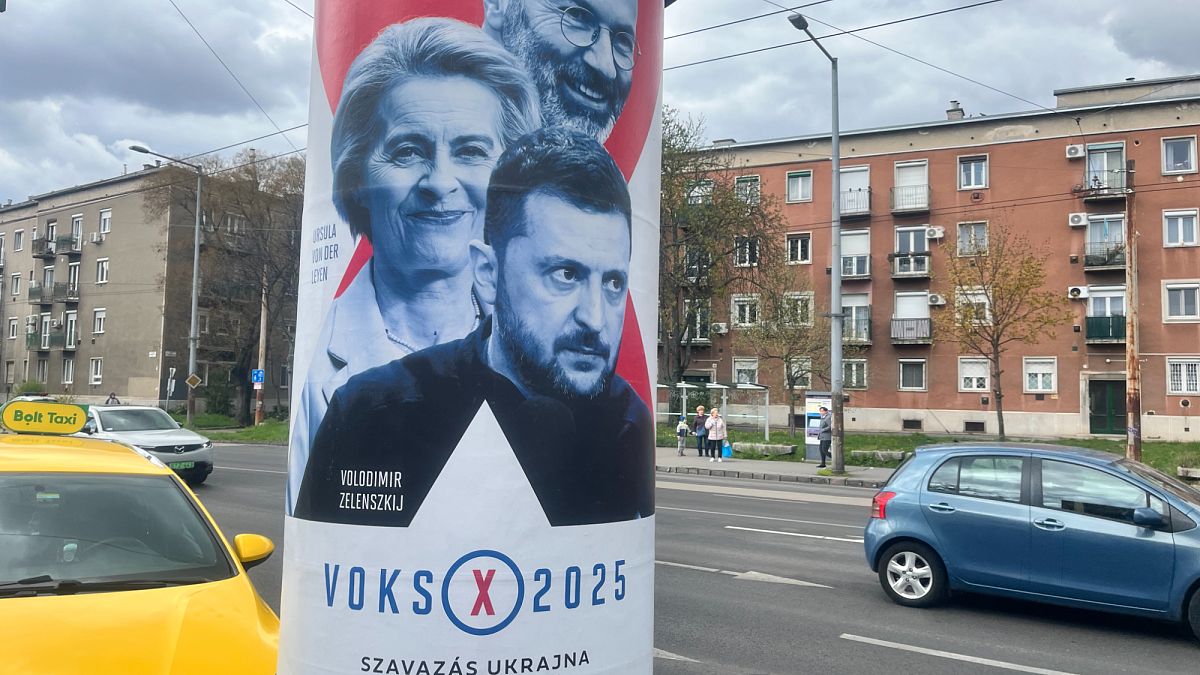
 World1 week ago
World1 week agoEPP boss Weber fells 'privileged' to be targeted by billboard campaign
-

 Technology1 week ago
Technology1 week agoMeta got caught gaming AI benchmarks
-

 World1 week ago
World1 week agoDR Congo repatriates three US citizens convicted over failed coup
-

 News1 week ago
News1 week agoTrump Asks Supreme Court to Let Him Fire Agencies’ Leaders



